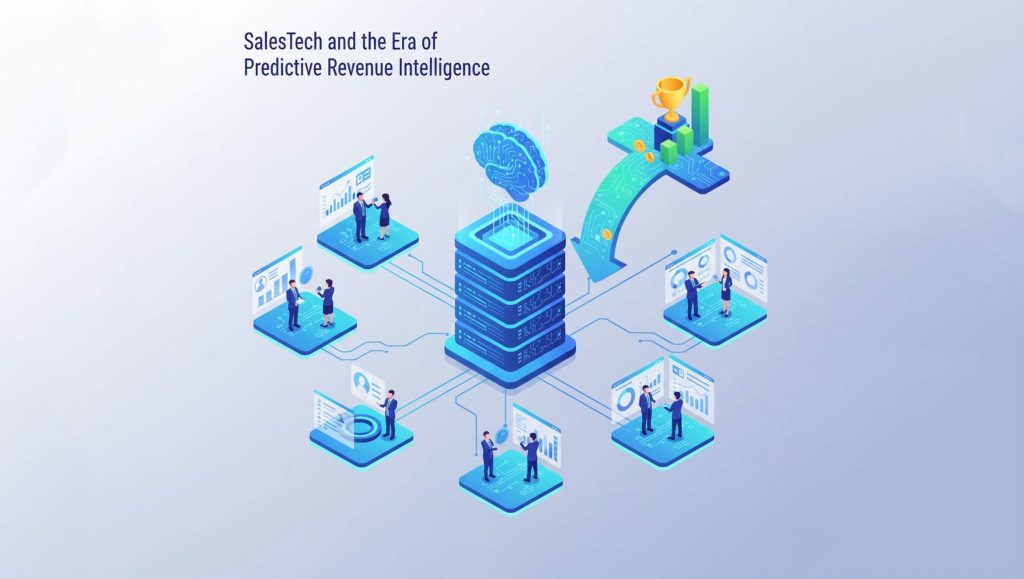Applitools, provider of a next generation test automation platform through Visual AI and Ultrafast Grid, announced its Visual AI technology has surpassed one billion images analyzed since launching commercially and is projected to double year over year. Each of the one billion images analyzed includes AI enhancing data from over 130 different browser and version combinations, viewport information, and direct user feedback on defects, dynamic content, and more. This uniquely enables Applitools to maintain 99.9999% accuracy to hundreds of Enterprise customers worldwide including the top 10 software companies worldwide, five out of the 10 top banks in the US, and many other Global 500 companies.
Read Also: Why Is Sales Enablement Important?
Applitools Visual AI is rapidly outpacing the competition to visually validate business applications now forced into rapid digital transformation by the COVID-19 pandemic. Only Visual AI is agile enough to handle the complex and evolving challenges organizations face delivering quality modern applications including:
- Cross-browser, cross-device, and cross-platform testing
- Dynamic content
- Responsive design for multiple screen sizes
- Validation of compliance and regulatory requirements
- Continuous Integration and Deployment (CI/CD) without compromising quality
- End-to-end testing, integration testing, unit testing, and component level testing
- Support of joint development and test engineering teams (DevOps and Shift Left)
- Pre-production testing and post-production monitoring automation and maintenance
“With Applitools, we’ve been able to make visual validation a first-class citizen within our CI/CD ecosystem,” said Mike Millgate, Technical Quality Architect at Gannett. “Our CI environment executes tens of thousands of Visual AI-powered tests against the grid each month. Since implementing it, we’ve been able to remove frail functional tests from our ecosystem and achieve a 99.8% pass percentage. We are faster, more stable, and ship with confidence with Applitools Visual AI running on the Ultrafast Grid.”
Read more: How Contract Acceptance Is Evolving with New Customer Experience Expectations
Recent comparisons show that Applitools Visual AI outperforms any other UI validation technology including those leveraging pixel-to-pixel and DOM based analysis approaches. Applitools Visual AI saves customers from time consuming and disruptive false positives that often break builds and block the continuous integration and delivery (CI/CD) so vital to modern dev team success. Applitools customers also benefit from automated maintenance AI algorithms that significantly speed up the test results analysis process by automating repetitive maintenance operations. For example, automated maintenance AI allows users to approve or reject a bug only once on a single browser, single device, and in a single screen size. Then the AI engine automatically extends that operation across all devices, browsers, form factors and applications pages. This additional level of AI can also group multiple test results that reflect the same bug to allow the user to review only a single occurrence of each bug without spending time reviewing tens, hundreds, and sometimes thousands of repetitions of the same bug on multiple environments.
“This is the perfect example of how AI should be applied to solve complex, real world problems,” said Greg Sypolt from EverFi. “By eliminating the false positives associated with pixel and DOM based comparison tools, our team saves huge amounts of time and money. We simply can’t tolerate wasted time if we want to deliver quality applications as quickly as business teams need them in today’s global environment. Visual AI is a must for quality management of modern apps.”
Read More: Everbridge Appoints Finastra CEO Simon Paris To Its Board Of Directors





















